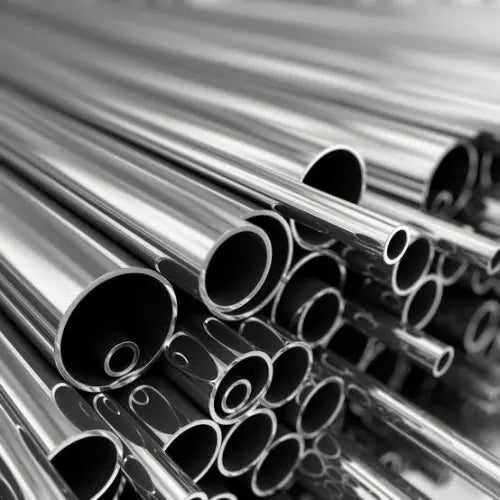304L stainless steel welded pipe
304L stainless steel welded pipe
Contact form
Manufacturing Process of Stainless Steel Welded Pipe
The production of stainless steel welded pipe begins with casting slabs or billets in steel mills. Different manufacturing methods are employed based on desired dimensions and wall thickness, including:
- Electric Resistance Welding (ERW)
- Fusion Welding (EFW)
- Double Submerged Arc Welding (DSAW)
In ERW and EFW processes, stainless steel welded pipe is formed through hot or cold rolling of plates followed by seam welding. To maintain smooth surface quality, a scarfing blade removes weld flash from both outside (O.D.) and inside (I.D.) surfaces. Heat treatment can minimize the visibility of the weld zone. While welded pipes operate at lower pressures than seamless variants per ASME standards, they offer tighter dimensional tolerances and more cost-effective production.
Properties and Applications of 304/304L Stainless Steel Welded Pipe
The 304 grade, known as the standard "18/8" stainless steel, represents the most versatile option in stainless steel welded pipe manufacturing. Its balanced austenitic structure enables:
- Superior forming capabilities
- Excellent welding characteristics
- Deep drawing without intermediate annealing
- Outstanding brake and roll forming properties
The 304L stainless steel welded pipe, a low-carbon variant, offers distinct advantages:
- Eliminates need for post-weld annealing
- Ideal for heavy gauge components (over 6mm)
- Superior toughness at cryogenic temperatures
- Enhanced corrosion resistance
These characteristics make 304L stainless steel welded pipe particularly suitable for:
- Industrial applications
- Architectural installations
- Transportation systems
- Heavy-duty engineering projects
- Critical structural components
The manufacturing versatility of stainless steel welded pipe, combined with the specific advantages of 304L grade, provides engineers and designers with reliable solutions for demanding applications where both structural integrity and corrosion resistance are essential.
Share


